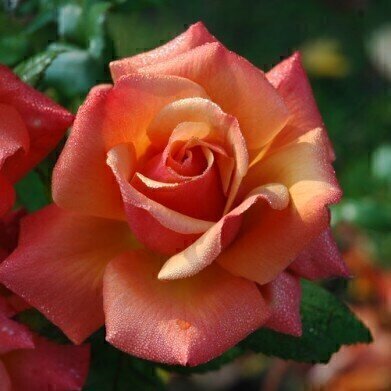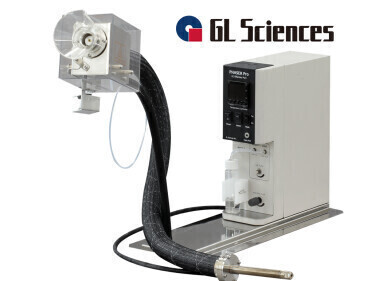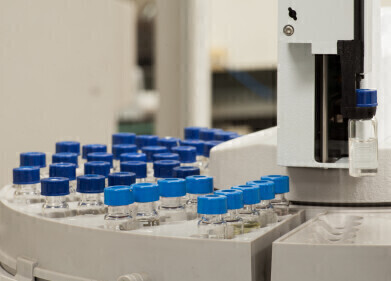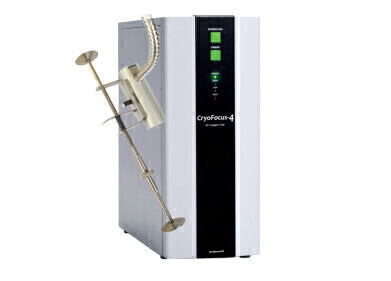GC, MDGC
What Do Roses Smell Of? — Chromatography Investigates
Jul 10 2018
They are one of the favourite flowers of gardeners in the UK and produce some of the nicest looking flowers. But it is possibly the smell we most associate with roses. Walk through a rose garden on a warm summer’s morning and the range of scents can be intoxicating — take the same walk later in the day and the scent will be different due to the different chemicals that make up the scent. But what do roses smell of and how can we find out what causes the scent of roses?
Fragrant compounds in the air
There is a myriad of rose scents — probably as many as there are varieties of roses to a trained nose and not all roses smell nice. Possibly the most fragrant scent variety comes from the Damask rose which also happens to be one of the oldest varieties. Other scent categories include violets, apple clove and lemon.
But with over 300 chemicals known to be emitted from roses, there are subtle differences in the make-up of the scent of any rose. Some roses don’t even have a smell as the scent was bred out of some varieties in the 19th-century as the visual display of roses took preference. In the last 70 years or so, rose growers have bred roses to be more fragrant. And odour is now a key component.
Different smell — same rose
A rose’s scent can change throughout the day and over the lifetime of a particular flower. This is because the rose is trying to attract pollinators — the main reason for roses releasing chemicals into the air. So, a rose will release more scent when it is ripe for pollination. Also, rates of evaporation from different compounds mean that different scents will reach our noses at different times — so the scent changes over time.
Chromatography captures the scent
How would we find out which volatile compounds are present in rose petals? By turning to chromatography. Possible one of the best techniques to use would be headspace solid-phase microextraction followed by gas chromatography mass spectrometry (HS-SPME-GC/MS). Chromatographic techniques are changing constantly, a topic addressed in the article, The Evolution of Ultra High-Performance Liquid Chromatography: Expanding the Future of Separation Technologies.
By drying rose petals and then extracting the volatiles using HS-SPME, analysis can be carried out using gas chromatography. Analysis is likely to find several hundred different compounds in several main groups — alcohols, hydrocarbons, ketones and esters.
The classic rose oil used in the manufacture of fragrances typically contains only a few main compounds to carry the scent. These include cis-rose oxide and rose ketone, also known as β-damascenone. But with over 10 tonnes of rose petals needed to produce 1 kg of rose oil — most rose fragrances are made with synthetic oils.
Next time you’re in the garden — marvel at how nature uses over 300 hundred compounds just to keep pollinating a scented rose.
Events
May 11 2025 Vienna, Austria
May 18 2025 Tempe. AZ, USA
May 21 2025 Birmingham, UK
Jun 01 2025 Baltimore, MD, USA
Jun 15 2025 Bruges, Belgium














